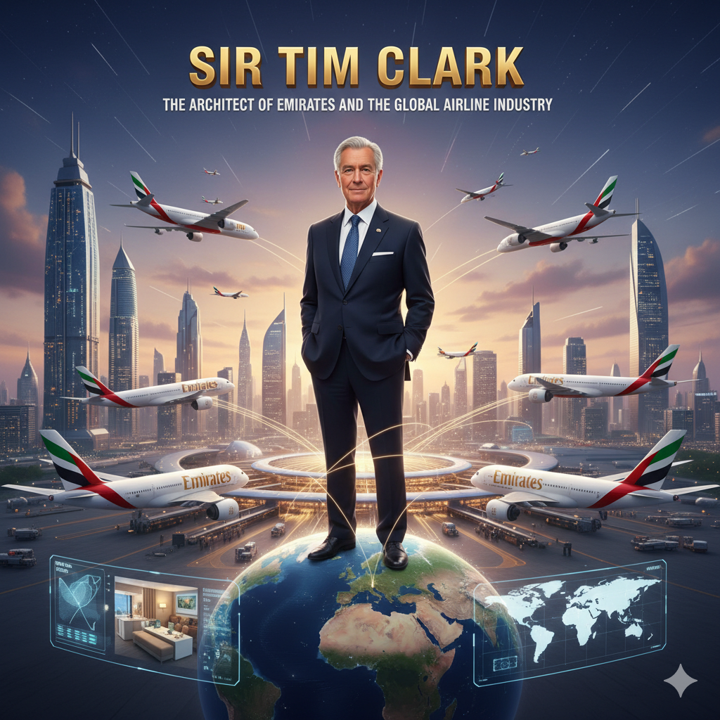
Post by : Shivani
In the fiercely competitive world of aviation, where legacy carriers often struggle and new airlines face monumental hurdles, one man stands out as a true titan: Sir Tim Clark. As the long-serving President of Emirates, he transformed a nascent airline into a global behemoth, reshaping the very landscape of international air travel. This article delves into the remarkable journey of Sir Tim Clark Emirates, exploring his visionary leadership, unconventional strategies, and the indelible mark he left on both the airline and the broader industry.
Clark’s tenure as Emirates CEO is more than just a success story; it’s a masterclass in strategic thinking, unwavering conviction, and the audacity to challenge conventional wisdom. Under his guidance, Emirates didn't just grow; it redefined luxury air travel, established Dubai as a pivotal global aviation hub, and consistently pushed the boundaries of what an airline could achieve.
Sir Tim Clark's journey with Emirates began in 1985, a pivotal year that saw the airline’s inception. Joining as a founding member, he played a crucial role in its formative years, quickly understanding the potential for an airline operating from a geographically advantageous location like Dubai. His early contributions were instrumental in establishing the operational backbone and initial route network that would eventually support Emirates’ ambitious expansion. This period was critical in shaping the eventual Emirates airline strategy.
During these foundational years, Clark helped to cultivate a culture of innovation and customer service that would become synonymous with the Emirates brand. He understood that to compete with established carriers, Emirates needed to offer a superior product and an unmatched travel experience. This focus on quality from day one set the stage for its future dominance.
One of Clark's most significant contributions was his unwavering belief in the "superconnector" model, leveraging Dubai's unique geographical position. He envisioned Dubai not merely as a destination but as a crucial nexus connecting East and West, North and South. This foresight transformed the city into a bustling Dubai aviation hub, a testament to his strategic genius.
By investing heavily in long-haul routes and connecting services through Dubai International Airport, Emirates created a network that allowed passengers to travel almost anywhere in the world with a single, seamless stop. This strategy bypassed traditional aviation powerhouses and offered unparalleled convenience, a key factor in Emirates’ rapid rise and a cornerstone of the Emirates growth story.
Perhaps no decision epitomizes Clark’s audacious leadership more than his commitment to the Airbus A380. While many airlines shied away from the superjumbo, questioning its economic viability, Clark saw its potential as the ultimate luxury and capacity workhorse for Emirates' hub-and-spoke model. The A380 strategy Emirates adopted was initially met with skepticism, but it ultimately became a defining element of the airline's success.
Emirates became the largest operator of the A380 by a significant margin, utilizing its spacious cabins to offer unparalleled passenger amenities, including onboard showers for First Class and lounge bars. This differentiated product helped cement Emirates' reputation for luxury and comfort, attracting a loyal customer base and contributing significantly to its status as a global airline success story.
Sir Tim Clark consistently emphasized the importance of the customer journey. From state-of-the-art in-flight entertainment systems to gourmet dining and exceptional cabin crew service, every aspect of the Emirates experience was meticulously crafted. This relentless pursuit of excellence in service, combined with technological innovation, became a hallmark of his Tim Clark leadership style.
He understood that in an increasingly commoditized industry, a superior product and service were essential for building brand loyalty and maintaining a competitive edge. This customer-centric approach was a major driver behind Emirates' ability to command premium fares and attract a diverse global clientele.
Throughout his career, Clark steered Emirates through numerous global crises, including economic downturns, geopolitical tensions, and health pandemics. His ability to adapt quickly, make tough decisions, and maintain a long-term vision in the face of adversity is a testament to his strategic prowess. Understanding and responding to airline industry challenges has been a constant in his tenure.
He was never afraid to challenge manufacturers, regulators, or even competitors, always advocating for what he believed was best for Emirates and the broader aviation sector. His outspoken nature and willingness to take calculated risks often set him apart from his peers.
Sir Tim Clark's impact extends far beyond the impressive balance sheets of Emirates. He demonstrated that a well-executed hub strategy, combined with an unwavering commitment to product excellence, could create a truly global airline from scratch. He fostered fierce competition, pushing other carriers to innovate and improve their own offerings.
His vision for the future of aviation Emirates would lead has left a lasting blueprint for how airlines can succeed on a global scale. While he stepped down as President in 2020, he remains an advisor, ensuring his wisdom continues to guide the airline he so meticulously built. The story of Emirates cannot be told without highlighting the monumental contributions of Sir Tim Clark.
A1: Sir Tim Clark is the long-serving former President of Emirates airline, widely credited with transforming it into one of the world's leading global carriers. He joined Emirates as a founding member in 1985 and served as its President from 2003 until 2020, remaining an advisor thereafter.
A2: His main strategy was building Emirates around a "superconnector" hub model in Dubai, leveraging its geographical position to connect passengers globally. He also focused heavily on a premium customer experience and a bold fleet strategy, particularly with the Airbus A380.
A3: Under Sir Tim Clark's leadership, Emirates developed an extensive global network that funnelled passenger traffic through Dubai International Airport. This strategic development transformed Dubai into a critical transit point for international travel, becoming a central Dubai aviation hub.
A4: The Airbus A380 was central to Emirates' expansion and branding. Sir Tim Clark championed the aircraft, using its large capacity and luxurious amenities (like onboard showers and lounges) to differentiate Emirates and offer a superior passenger experience, contributing significantly to the A380 strategy Emirates employed.
A5: Sir Tim Clark's leadership style is known for its visionary thinking, courage to challenge norms, unwavering focus on customer experience, and a willingness to take calculated risks. He is also known for being an outspoken advocate for the airline industry.
A6: He navigated numerous challenges, including global economic crises, geopolitical tensions, and major disruptions like the SARS epidemic and the early stages of the COVID-19 pandemic. His leadership ensured Emirates' resilience through these periods of airline industry challenges.
#SirTimClark #Emirates #Aviation #AirlineIndustry #GlobalAirline



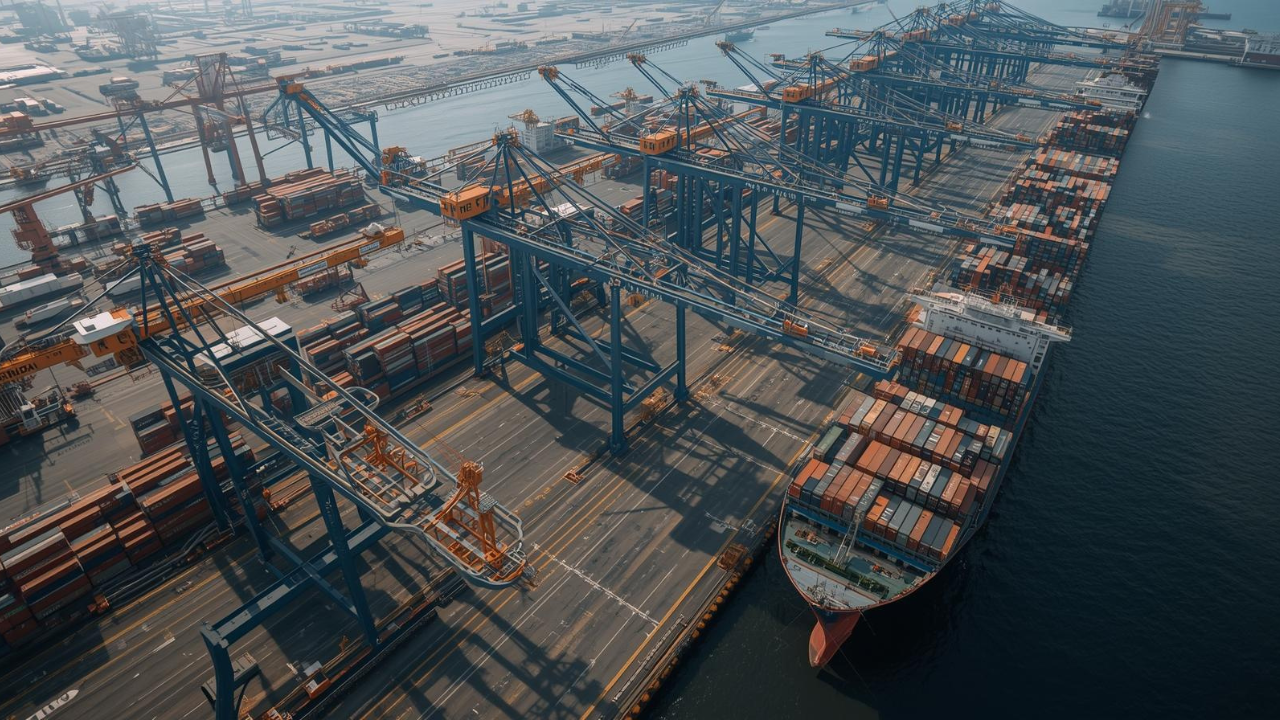


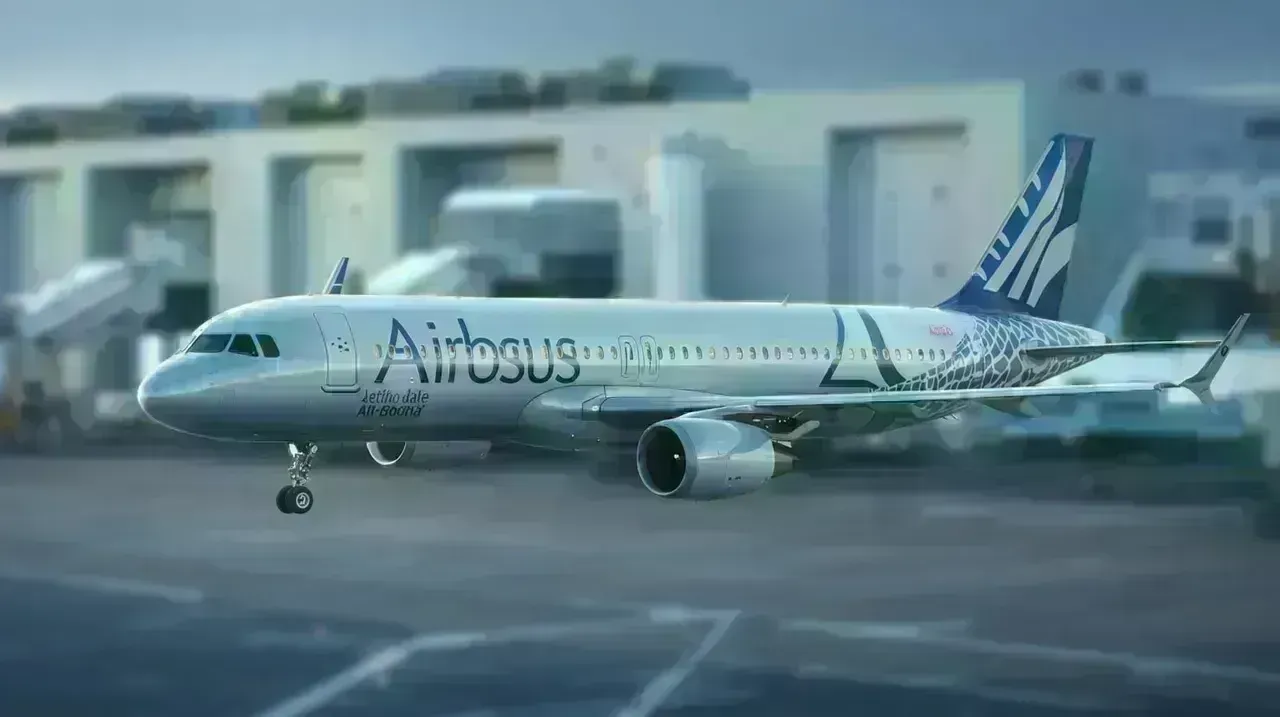

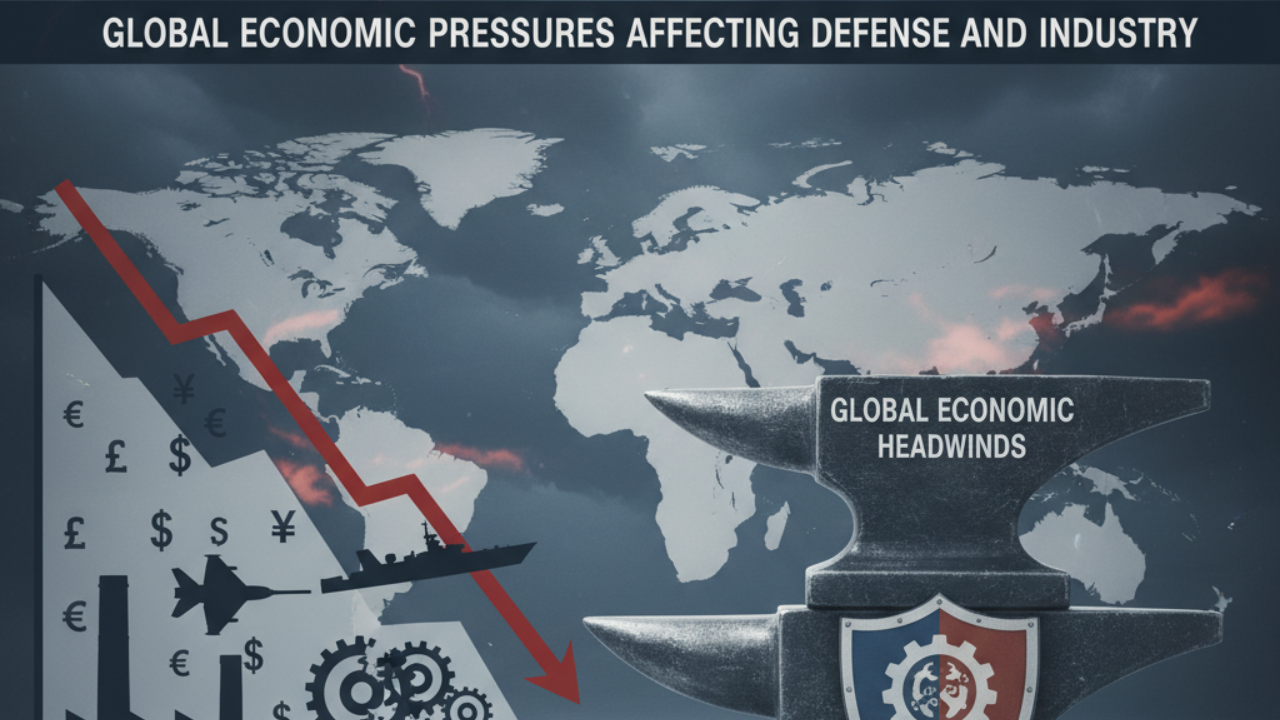
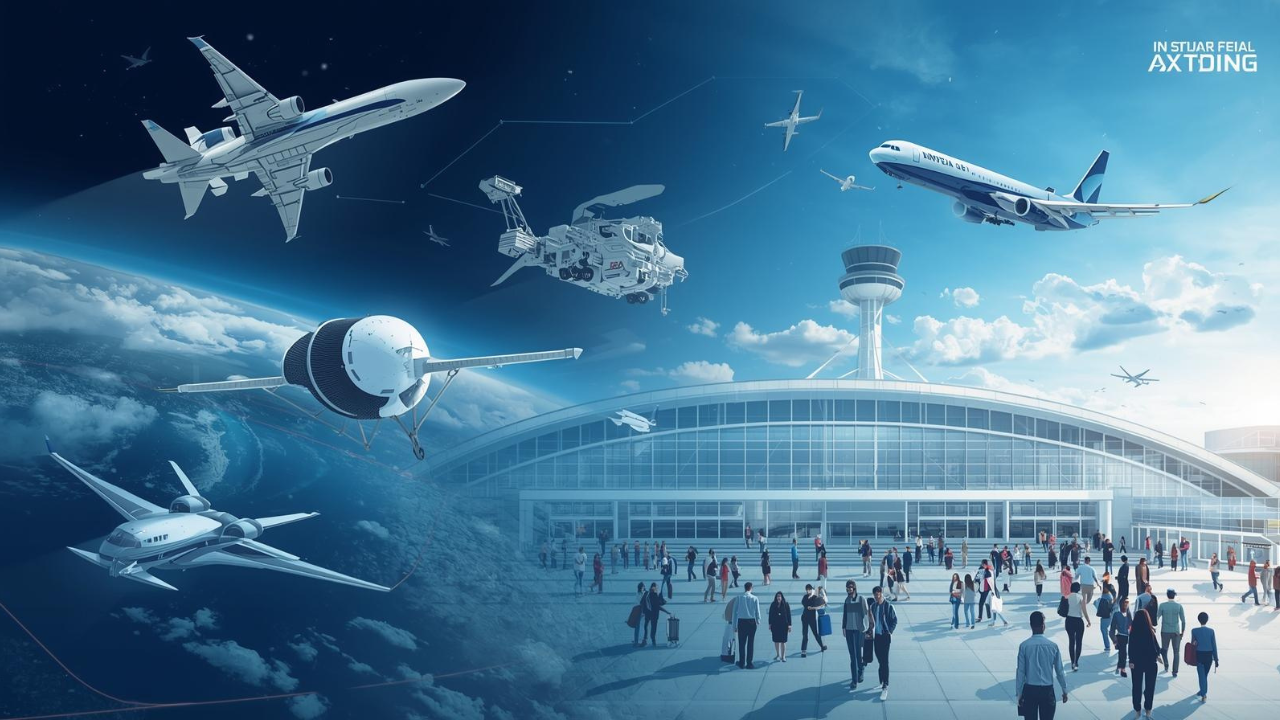
Advances in Aerospace Technology and Commercial Aviation Recovery
Insights into breakthrough aerospace technologies and commercial aviation’s recovery amid 2025 chall
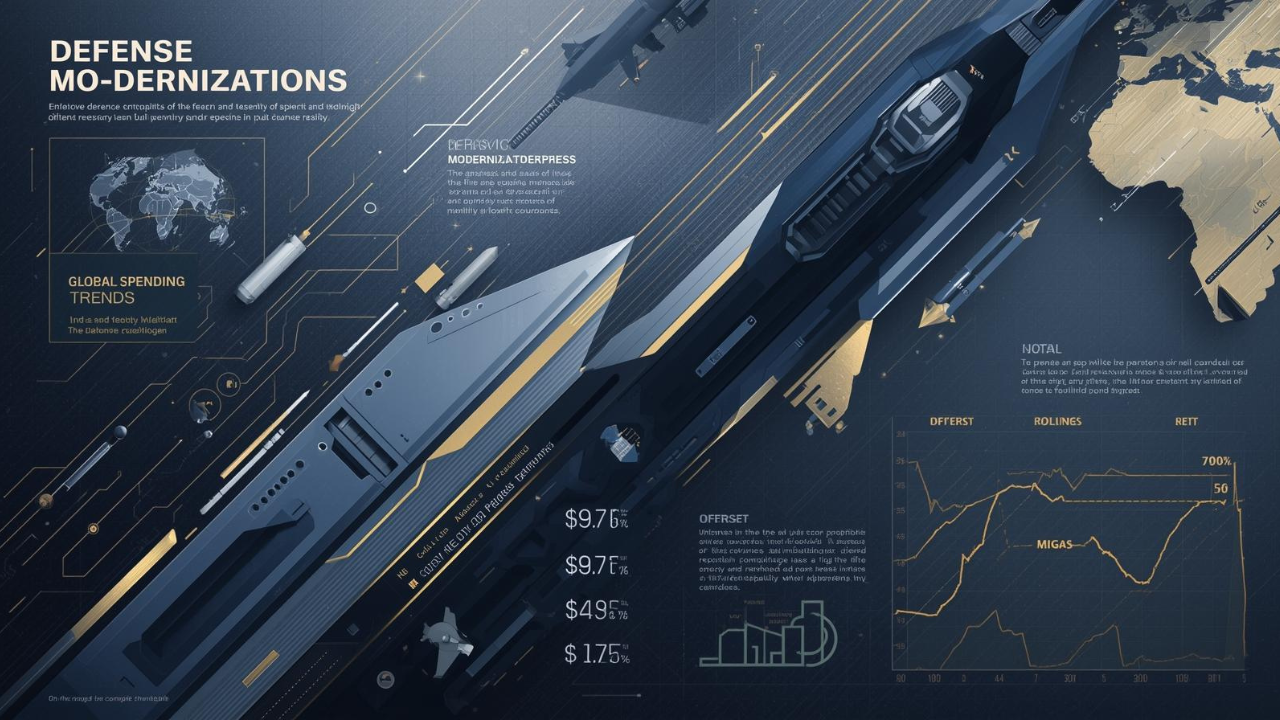
Defense Modernization and Strategic Spending Trends
Explore key trends in global defense modernization and strategic military spending shaping 2025 secu

Tens of Thousands Protest in Serbia on Anniversary of Deadly Roof Collapse
Tens of thousands in Novi Sad mark a year since a deadly station roof collapse that killed 16, prote
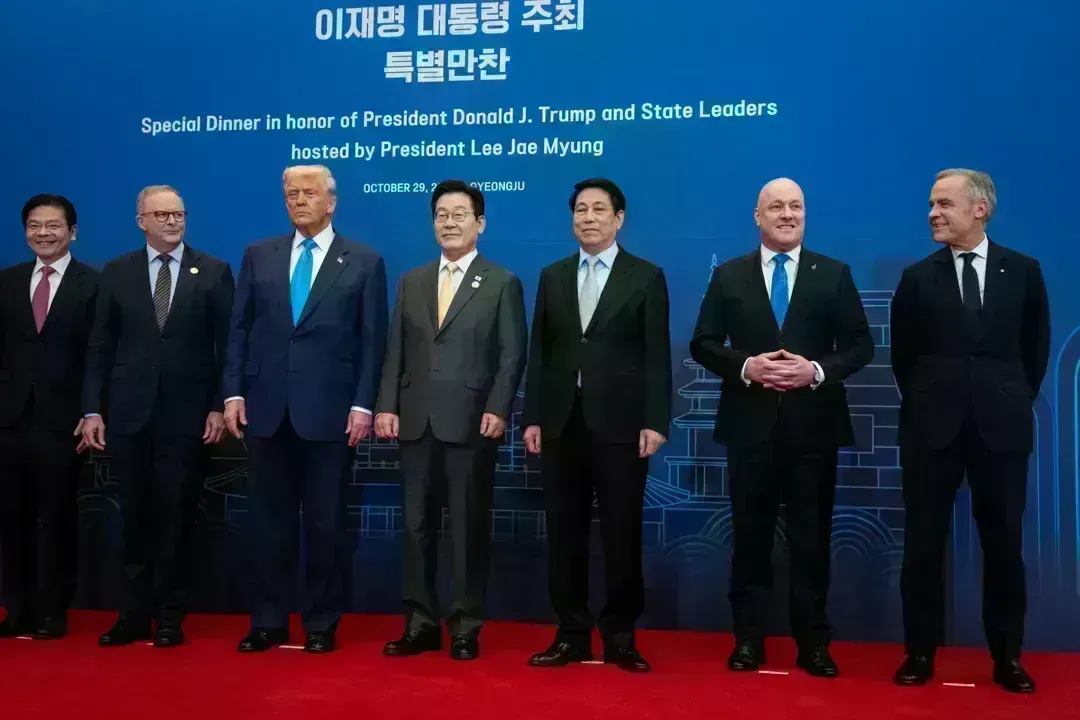
Canada PM Carney Apologizes to Trump Over Controversial Reagan Anti-Tariff Ad
Canadian PM Mark Carney apologized to President Trump over an Ontario anti-tariff ad quoting Reagan,

The ad that stirred a hornets nest, and made Canadian PM Carney say sorry to Trump
Canadian PM Mark Carney apologizes to US President Trump after a tariff-related ad causes diplomatic

Bengaluru-Mumbai Superfast Train Approved After 30-Year Wait
Railways approves new superfast train connecting Bengaluru and Mumbai, ending a 30-year demand, easi